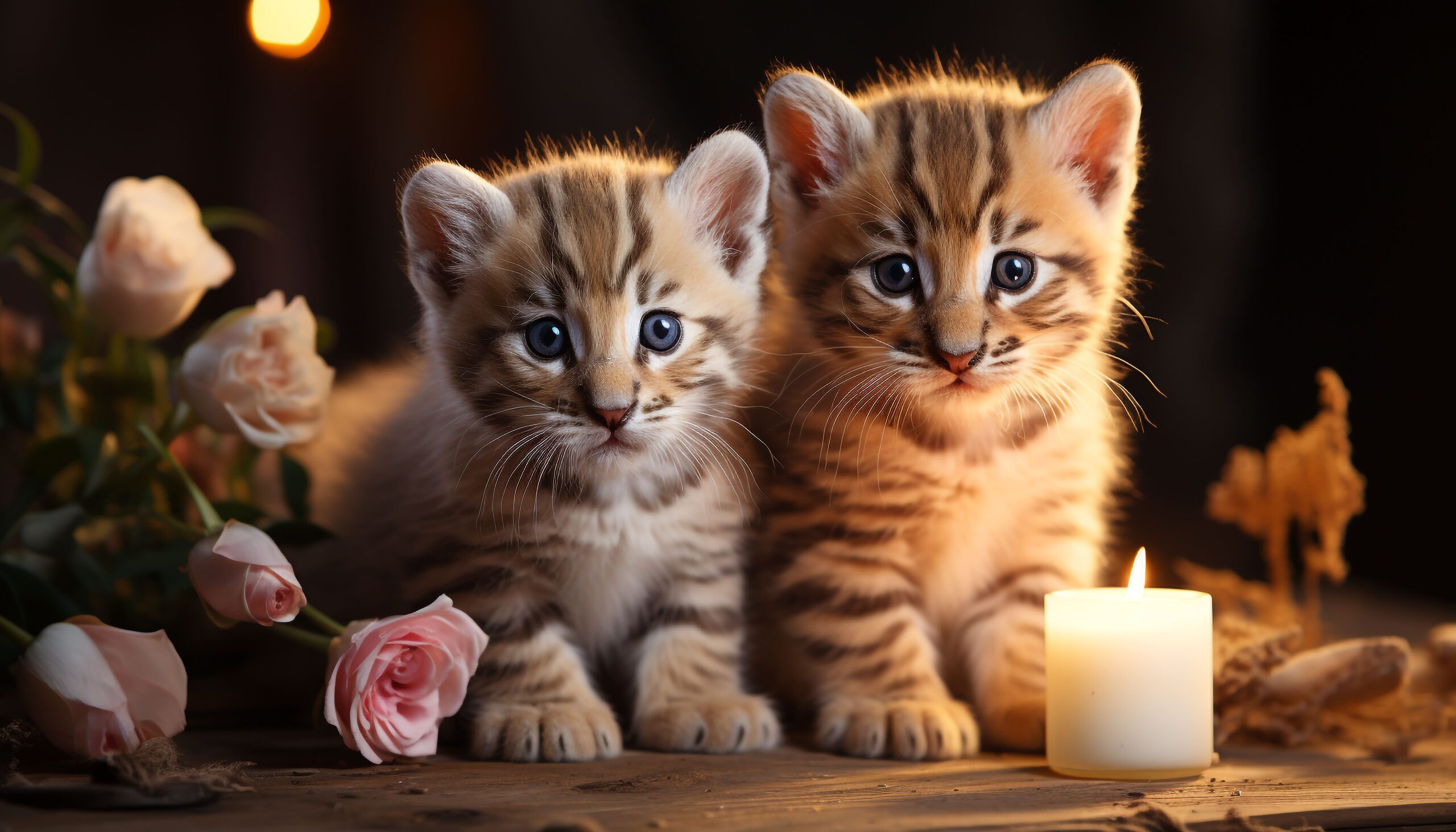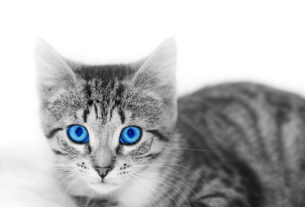Spoiler alert: All orange cats are tabbies—but not all tabbies are orange.
If you’ve ever stared into the golden eyes of a fiery orange cat and thought, “What kind of cat is that?”—you’re not alone. Orange cats stand out. They have charisma, color, and that charming “M” marking on their forehead. But here’s where things get interesting: that orange cat is a tabby, whether you notice stripes or not.
So what’s the deal? Let’s untangle the fur between orange cats and tabby cats.
What Is an Orange Cat?
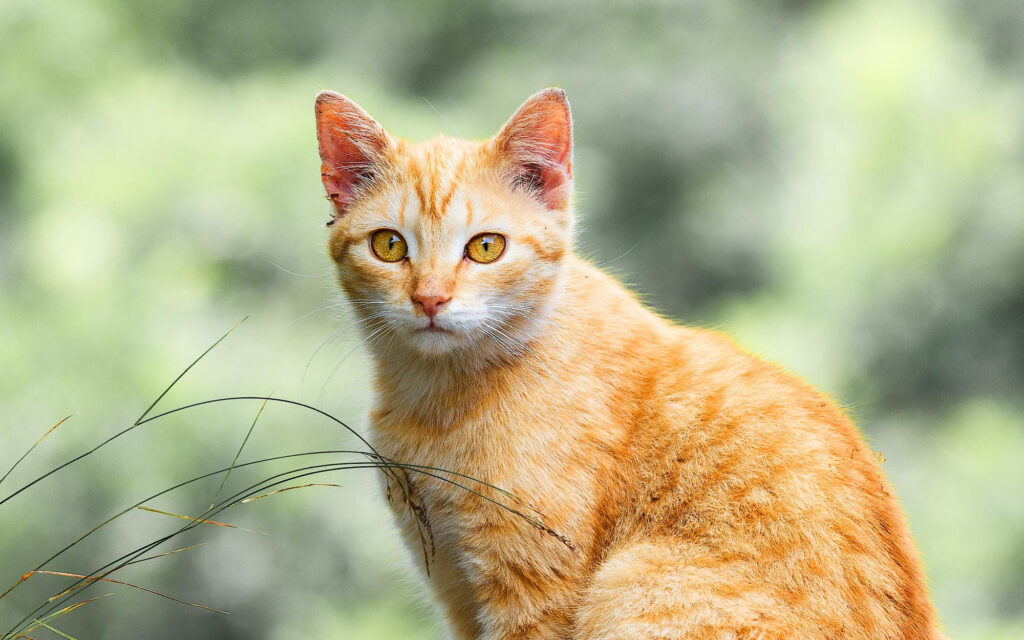
An orange cat is simply a cat with a warm, reddish-orange coat. But orange isn’t just a color—it’s a genetic story.
Orange cats get their sunny hue from a pigment called pheomelanin, the same pigment that gives redheads their color. This pigment shows up thanks to the orange gene (O), which alters black or brown fur to a rich orange tone.
There’s a Catch…
You’ll never meet a solid orange cat without stripes. Why? Because the orange gene always expresses with tabby markings. Even if they’re faint or hidden, every orange cat carries the tabby blueprint.
What Is a Tabby Cat?
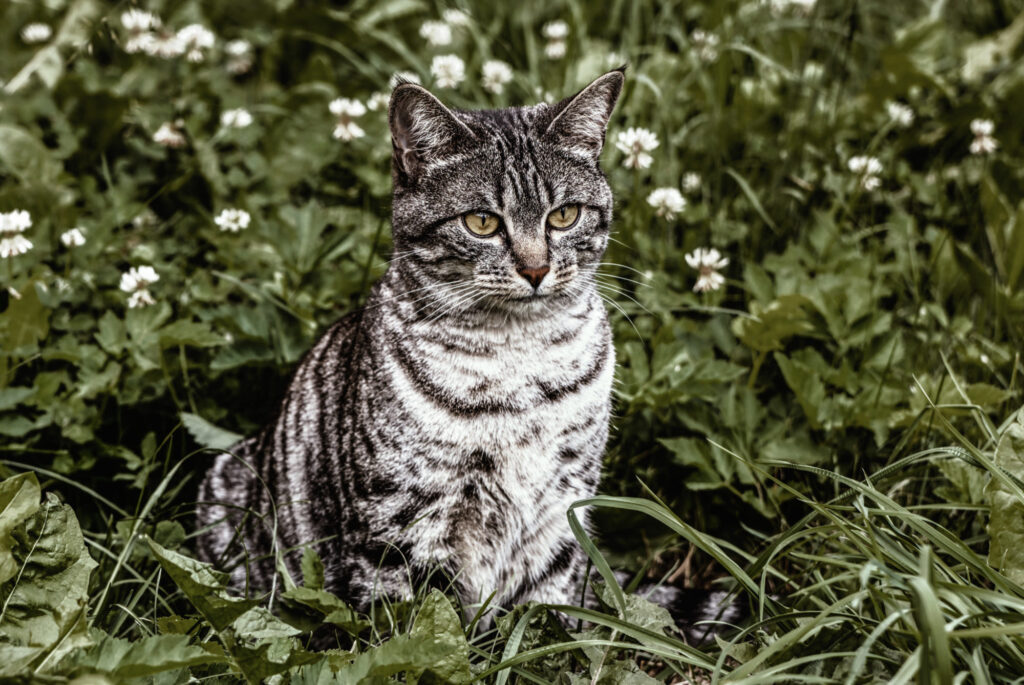
A tabby cat is not a breed—it’s a coat pattern. Tabby markings come in four main types:
- Classic Tabby – Big swirls or a bullseye pattern on the sides.
- Mackerel Tabby – Vertical tiger-like stripes.
- Spotted Tabby—Spots or broken stripes (common in Bengal cats).
- Ticked Tabby—Speckled or “salt and pepper” coat, seen in Abyssinians.
All tabbies wear the proud “M” on their forehead—one of nature’s coolest signature logos.
The Genetics Behind Orange Tabbies
Let’s talk chromosomes.
The orange gene is found on the X chromosome. This leads to a fascinating outcome:
- Male cats (XY) only need one orange gene to be orange.
- Female cats (XX) need two orange genes—one from each parent.
This is why 80% of orange tabbies are male, and only 20% are female. When females inherit one orange gene and one non-orange gene, they often become calico or tortoiseshell—a beautiful blend of black, orange, and cream.
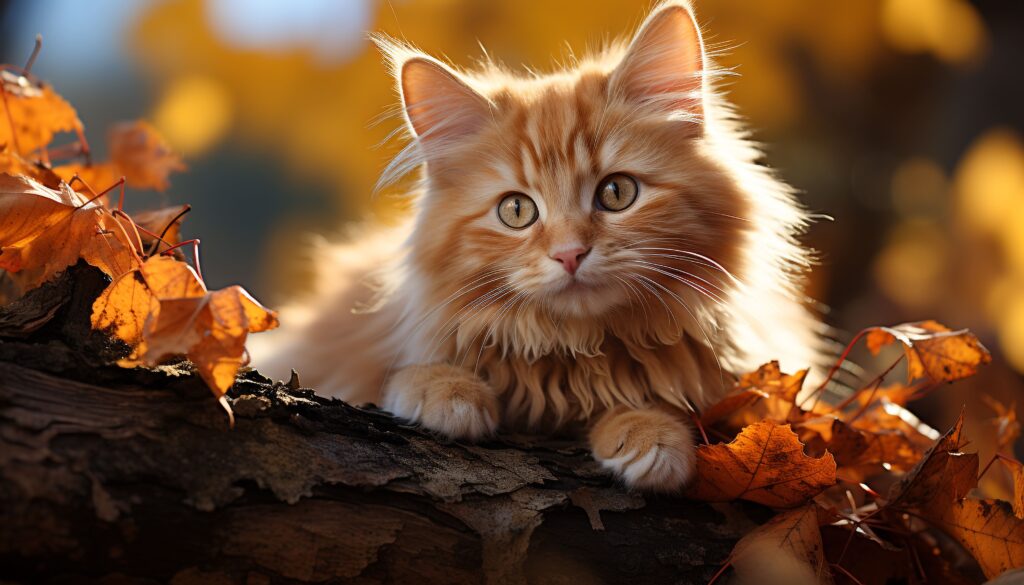
Why All Orange Cats Are Tabbies
Here’s the kicker: the tabby pattern is always present in orange cats. Even if you think your cat is a solid orange beauty, a closer look (especially under bright light or sunlight) will reveal faint stripes—often called ghost tabby markings.
This happens because the orange pigment doesn’t mask the tabby pattern. It actually enhances it.
So yes—your fluffy orange cat is always, genetically, a tabby.
10 Fun Facts About Orange Tabby Cats
1. They’re Not a Breed
You’ll find orange tabbies in a variety of breeds: Domestic Shorthair, Maine Coon, Persian, Scottish Fold, British Shorthair, and even some Ragdolls.
2. They Have Bold, Outgoing Personalities
Many orange tabby owners say their cats are sociable, cuddly, and a little mischievous. While personality isn’t dictated by coat color, there’s definitely a pattern of bold behavior among these fiery-furred felines.
3. They Get Freckles
Orange tabbies often develop cute black or brown freckles on their lips, nose, and gums due to lentigo simplex—a harmless skin condition.
4. Most of Them Are Boys
Due to the genetics of the orange gene, males outnumber females by roughly 4 to 1. So if you’ve got a female orange tabby, she’s kind of rare!
5. They Come in Long-Haired and Short-Haired Varieties
Orange tabbies aren’t limited to one fur length. You can find both fluffy and sleek versions, depending on their breed background.
6. They All Have the Famous “M” Marking
Every tabby—including orange ones—has that iconic “M” on their forehead. Some believe it stands for “Moses” or “Mary” in folklore. Others say it’s for “Meow.”
7. They’re Not Always Bright Orange
Orange cats come in many shades: golden, red, ginger, butterscotch, marmalade, or even apricot. Genetics and lighting make a difference!
8. They’re Often Overweight
Maybe it’s because they’re so charming, but orange tabbies tend to be spoiled. Many orange cat owners report their cats loving food and being a little chubby. Watch those treats!
9. They’re Popular in Pop Culture
From Garfield to Puss in Boots to Goose from Captain Marvel, orange tabby cats have made their mark in movies and memes.
10. They Often Have Gold or Copper Eyes
Paired with their orange coats, these rich eye colors give them a royal, intense look. Truly show-stoppers.
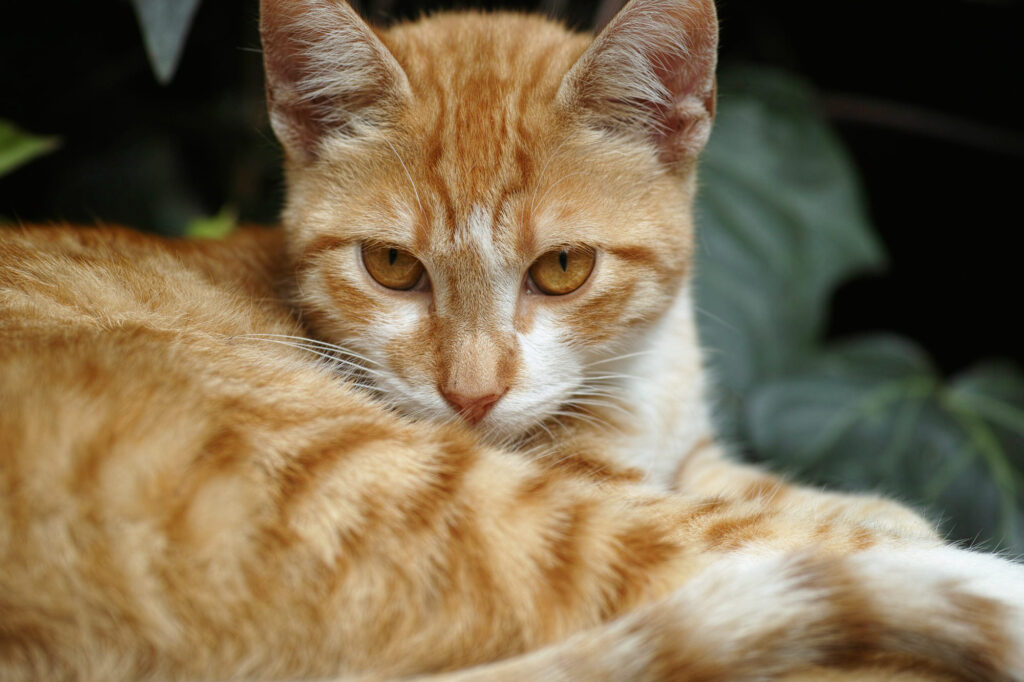
Quick Comparison Chart
| Trait | Orange Cat | Tabby Cat |
| What it is | A coat color | A coat pattern |
| Common patterns | Only tabby (striped) | Classic, Mackerel, Spotted, Ticked |
| Genetic marker | Orange gene on X chromosome | Agouti gene controls tabby pattern |
| Gender bias | ~80% male | Equal mix of male and female |
| Breed? | No | No |
| Eye color | Usually gold or copper | Varies |
Final Thoughts
So there you have it: All orange cats are tabbies, but not all tabby cats are orange.
Whether yours is a chatty ginger male or a rare orange queen, these cats are a wonderful mix of science, style, and sass. Behind those stripes is a rich genetic history and a personality that lights up every room they enter.
Next time someone tells you their orange cat isn’t a tabby? Share your new cat wisdom—you’re officially a feline expert.
Quote to Ponder:
“Until one has loved an animal, a part of one’s soul remains unawakened.”
— Anatole France
FAQs About Orange and Tabby Cats
How do I know if my cat is a tabby?
Look closely at your cat’s coat. If you see stripes, swirls, spots, or even subtle markings—and especially if there’s an “M” shape on the forehead—your cat is a tabby. Even cats with faint markings (called “ghost stripes”) are genetically tabby.
Can orange cats not be tabbies?
Nope—all orange cats are tabbies! Even if their markings are hard to see, the orange gene always expresses a tabby pattern. There’s no such thing as a solid orange cat without tabby stripes.
Why are orange tabby cats special?
Orange tabby cats stand out for their vibrant color, bold personalities, and lovable charm. They’re also genetically unique—about 80% of them are male, which makes female orange tabbies quite rare. Their warm coats and outgoing behavior make them favorites among cat lovers.
Are orange tabby cats bigger than other cats?
Not always—but they can seem that way. Many orange tabbies are male, and male cats tend to be larger. Their hearty appetites and laid-back nature also contribute to the perception that they’re “bigger cats.”
What color cat is the friendliest?
There’s no scientific proof that coat color equals personality, but many cat owners say orange tabbies are especially friendly and affectionate. That said, personality is shaped more by genetics, socialization, and environment than by color alone.
Do orange cats behave differently?
Anecdotally, yes. Orange tabbies are often described as outgoing, chatty, and affectionate. Some people say they’re “dog-like” in their loyalty. While there’s no scientific consensus, enough people have noticed this that it’s become a well-loved stereotype!
Are orange cats usually overweight?
They can be. Orange cats often have big personalities and even bigger appetites. Combined with a laid-back attitude, that can lead to weight gain. It’s important to keep an eye on their diet and encourage daily play.
Is the orange tabby cat rare?
Orange tabby males are common—but females are rare, making up only about 20% of orange tabbies. So while the color isn’t rare overall, a female orange tabby is definitely something special.

